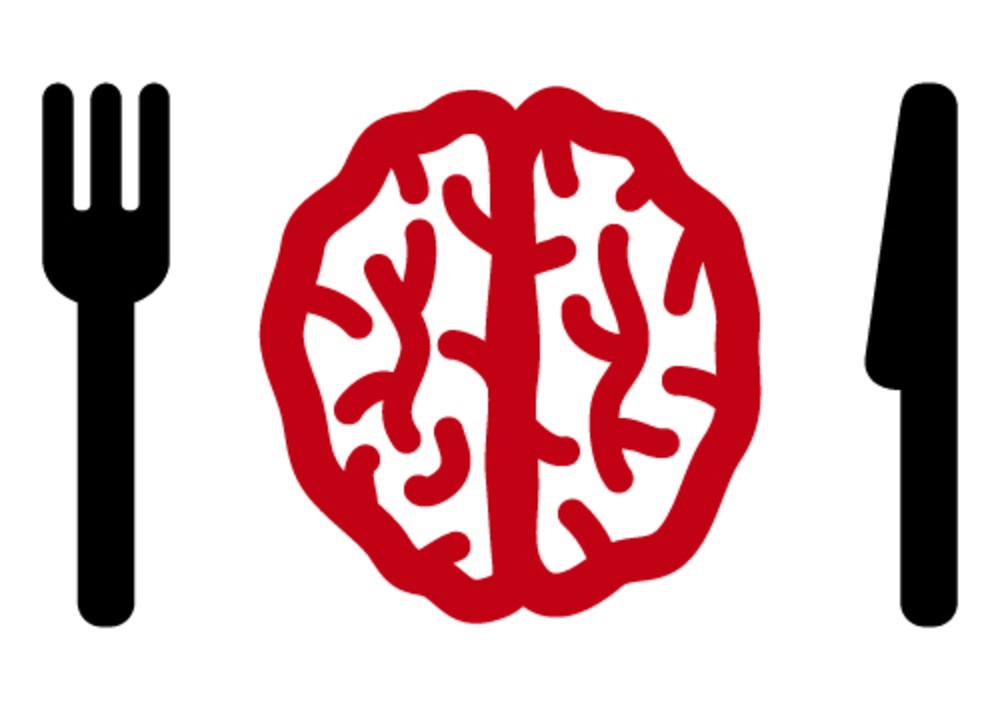You may have heard Brian Wansink’s name before, or at least might be familiar with his work. For more than two decades, Wansink researched what he coined ‘mindless’ eating. Some of his many ideas around food include the idea that we eat larger portion sizes when eating off larger plates, and that we eat larger portion sizes when distracted. Throughout his work, he makes suggestions around how we can modify our environment to manage our portion sizes and eat amounts that are right for our bodies. In 2016, however, evidence began to mount that there were problems with Wansink’s work. By fall 2018, fifteen of Wansink’s studies had been retracted (that’s a lot!) prompting his resignation from Cornell University.
Throughout the process of eating disorder recovery, it’s common for individuals to learn about different types of eating, such as mechanical eating and mindful eating. It’s common to be encouraged by health professionals, myself included, to begin to notice and relearn how to listen to the physical signs of hunger. If Wansink’s work is discredited, does that mean that all of that advice was wrong and that all of the work you’ve done on mindful eating was in vain? I don’t believe so.
While the size of your plate, your company at the dinner table, or the size of your food packaging may not make as much of a difference as Wansink thought, I still believe that there is value in the idea of mindful eating. I think this situation is a good reminder that eating is a tricky thing. We eat for a lot of different reasons, which means it’s important to approach eating with a variety of strategies.
Many individuals with an eating disorder have spent a long time ignoring physical hunger cues or may have a very erratic food routine that makes it challenging to interpret physical hunger cues. I believe that there is a lot of value in working to notice and reconnect with what physical hunger looks and feels like for you. Practicing (yes, it takes a lot of practice) mindful eating can teach you many things. To name a few, it can help you learn about your body’s needs, how certain foods make you feel physically and mentally, and what foods you actually like or dislike. Once you have a solid food plan in place that is making sure you’re meeting your nutrient and energy needs, mindful eating can bring flexibility to your food routine.
Mindful eating, however, cannot stand on it’s own. There are many situations where it is important to eat even if your body is not giving you physical hunger cues. This is a common situation in the early stages of recovery when you are working to establish a regular routine with food. These situations can continue to occur even in the later stages of recovery if you are stressed, anxious, have just exercised, or have a cold of flu. Challenging yourself to eat mechanically in the absence of hunger cues is a very important skill that helps prevent situations where you feel over hungry (or hangry), experience low energy, or may feel out of control around food when you do eat.
Both the ideas that Brian Wansink brought forward about mindful eating as well as his recent discreditation are important for many reasons. They remind us that mindful eating (and eating in general!) is tricky to study and that many factors influence why we eat or don’t eat. Practicing mindful eating is still valuable, as long as other skills around eating are maintained and still utilized. Mindful eating cannot stand alone and cannot be used as the only strategy or explanation for why we eat.
Blog post written by Lindzie O’Reilly, MAN, Registered Dietitian, Student Health Services, University of Guelph.

